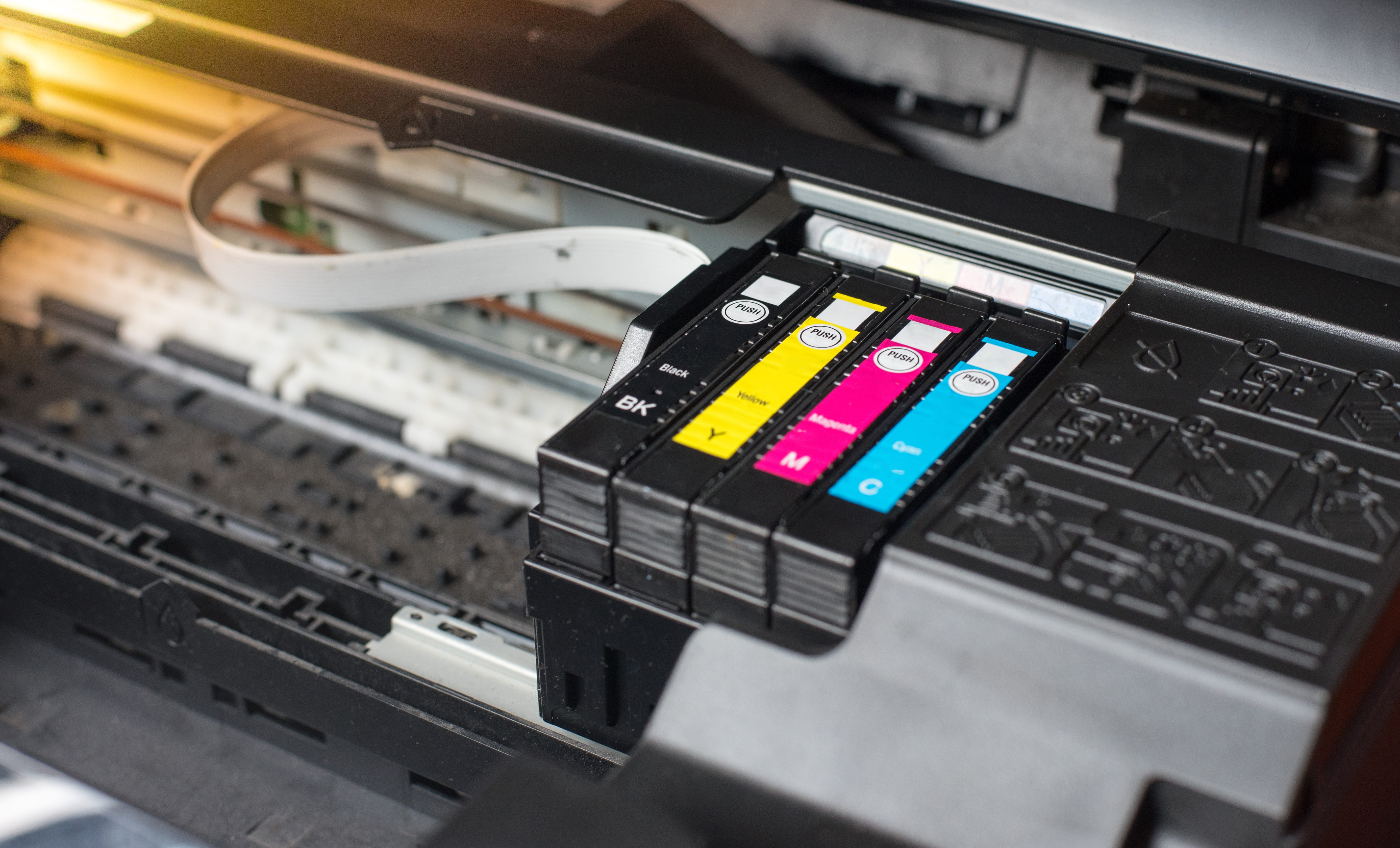
Printing costs your business more than you might expect
Are you losing money you don’t even know of? The printing you do around the office could be costing you more than you think.
Establishing the true cost of printing is a good first step towards making the most of your business printing. Most small to medium businesses have only a vague idea of what their printing costs are. A survey of New Zealand businesses revealed that their best guess is often far removed from reality.
In many Kiwi businesses, printer set-ups are fragmented, with new printers bought on an ad hoc basis, no centralised print management, different people buying consumables such as paper and toner, and staff wasting time trying to fix faults themselves.
This makes it difficult to accurately measure spend and print volumes. Other factors such as device placements, workflow/time costs and device management resources can create further inefficiencies.
With budgets constantly being scrutinised, measuring and having a clear view can be an easy win.
One New Zealand business confessed that when their printers show the toner is running low, staff tend to take the cartridges out and put new ones in, leaving the old cartridges on a shelf, where other people take these discards as replacements for their depleted cartridges...
And when printers don’t work when people need them, people simply swap the printer for one that works, eventually causing chaos with the printer drivers loaded onto different computers, until things slowly grind to a standstill, with loss of productivity and missed business opportunities.
In that business, the issue became so massive that they were forced to take action. But most business probably limp along unaware of the true extent of the problem.
So how do you form a clear picture of business printing costs in your business?
Printing devices
Printing is no different than any other operation area of the business—it should be streamlined in order to maximise its effectiveness and manage costs.
The first step is to look at the hardware you have. In all but the smallest offices, you may be surprised at the number of printers on desks that may not feature on asset registers, or devices you think you have, but which have fallen into disuse and are now stashed away in the back of a store room somewhere. You may simply have more printers than you need, acquired because people didn’t know what else was available in the business, or didn’t like where existing printers were located.
It’s not only the number of printers that matter, but also their capabilities and what brands they are. The printers you have may not really be fit for purpose. Multifunction printers or colour printers may not be needed in many instances, which means you’ve paid for unnecessary technology.
"The cheapest printers to buy are often the most expensive to run."
You may be surprised when you add up what your business has spent on the printers you have. Chances are there is a more cost-effective way to provide the print capacity you need. Or leasing may be more efficient for you over time.
Also, having a mix of makes and models may lead to extra printing costs on consumables which are not mutually compatible, or additional maintenance demands. Staff may need to get to know different ways to operate the printers, leading to further “printer failure”—which is often about human error rather than any shortcomings in the technology itself.
But there’s another problem: If printers are purchased haphazardly, it may well be that the person making the decision at the time tries to keep the expense low, opting for a low initial capital outlay, without considering the total cost of ownership over time. The cheapest printers to buy are often the most expensive to run.

Consumables and waste
Which brings us to the next issue, namely consumables. Over the course of a year, toner cartridges can add up to a significant expense, especially if they’re not used to their full capacity or if users have wasteful printing habits. Toner purchases may be done by different people in the business, and they may be recorded differently in your accounting software, if at all.
Ad hoc purchases of toner are not only less cost-effective than regular bulk purchases, but can also cause unpredictable spikes in expenses that are hard to budget for.
It does take some effort to form an accurate picture of this expense, but it could well lead to significant savings in your business.
The cost of paper, too, can add up significantly. A quick stroll through any modern office will reveal that the paperless office, first predicted by Business Week in 1975, has largely remained a myth. In New Zealand, office workers print 94 pages per week on average, and 85% of them regard being able to print as critical to their work performance.
This kind of wastage is by no means a uniquely American phenomenon. Just consider how often you have seen a pile of uncollected print work lying at your office printer. And how many pages in your business are being printed on one side only?
Human resource
The hardest cost to quantify may be the most significant – the soft printing costs of wasted human resource.
A study by business technology research company Quocirca shows that one out of every eight hours of IT support is devoted to resolving issues with printers. Of course, by the time IT is called, it is very likely that the staff wanting to use the printer had already spent considerable time trying to resolve the issue themselves. In fact, IT departments often expect staff to try to solve problems first, before calling expert help. This is time that could have been used more productively.
"The hardest cost to quantify may be the most significant – the soft printing costs of wasted human resource."
More insidious losses may also be in play, due to inefficient placement of devices, with repeated trips to the printer adding to unproductive time. Ask yourself if your business efficiently shares printers among different people, and if these shared printers are located closest to the people who use them most often.
While it’s hard to put an accurate figure on the true cost of printing, even a short audit or investigation should be enough to show that the costs are significant.
For more expert techniques on getting the most out of your office printer, download our free guide today.




